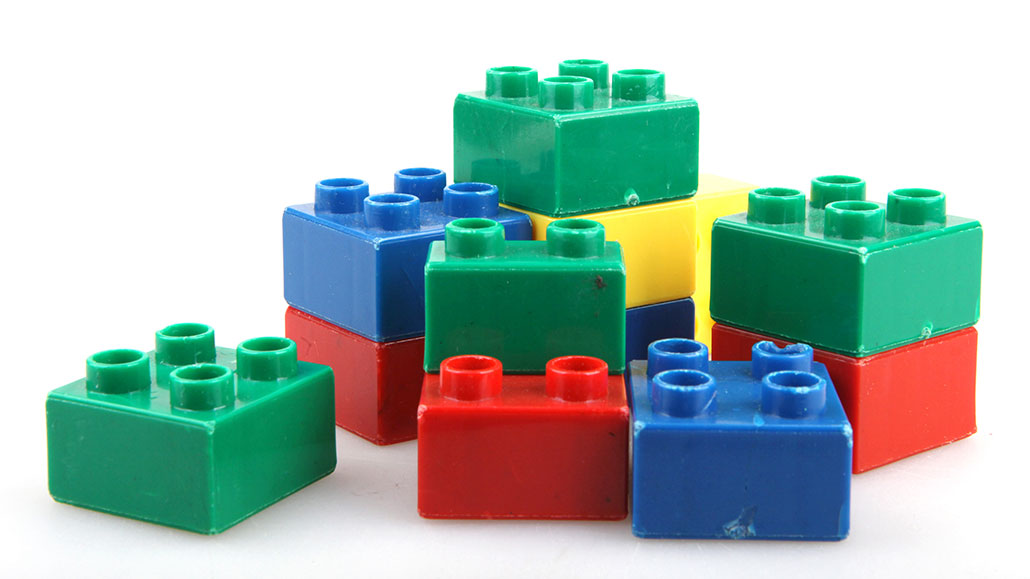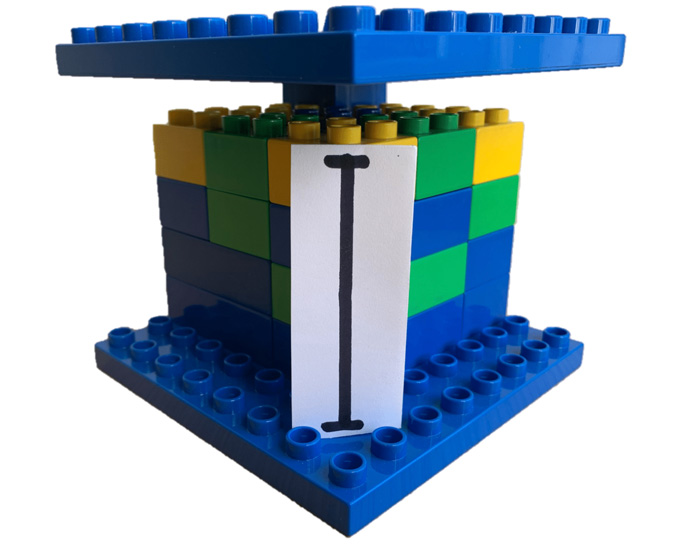Most people will add something — even when subtracting makes more sense
This ‘more is better’ attitude could underlie modern-day excesses, experts say

How would you make a bridge between a pillar of two blocks and another that’s three blocks high? Most people would add to the shorter stack first. Why reflects a type of inner bias on how to solve problems, a new study concludes.
Nenov/Moment Open/Getty Images Plus
By Sujata Gupta
Picture a bridge made of Lego blocks. One side has three support pieces, the other two. How would you stabilize the bridge? Most people would add a piece to the short stack, a new study suggests. But why not remove a piece from the taller stack? When it comes to Lego blocks, ingredients in a recipe or words in an essay, people prefer to add, not subtract.
People can be nudged to subtract instead. But effectively changing that preference seems to require reminders or rewards. That’s the finding of a new study. Its authors shared details of it in the April 8 Nature.
This preference for adding isn’t limited to building blocks, cooking and writing. It might also contribute to modern-day excesses. Think about cluttered homes, excess government rules and even a tendency to pollute, says Benjamin Converse. He’s a behavioral scientist at the University of Virginia in Charlottesville. He worries that because of this bias toward adding, “We’re missing an entire class of solutions.”
Converse was part of a team that first found this bias when they asked 1,585 study participants to tackle eight puzzles and problems. Each could be solved by adding or removing things. One puzzle required shading or erasing squares on a grid to make some pattern symmetrical. In another, people could add or subtract items on a list of intended destinations to improve their vacation experience.
In each case, the vast majority of people chose to add not subtract. For instance, of 94 participants who completed the grid task, 73 added squares. Another 18 removed squares. Three simply reworked the original number of squares.
The researchers suspect that most people default to adding simply because subtracting never even comes to mind. But through a series of controlled trials, the team was able to nudge recruits toward the minus option.
Hint, hint . . .
In one test, the team offered 197 people wandering around a crowded university site a dollar to solve a puzzle. People viewed a Lego structure. It had a figure standing atop a platform with a large pillar behind her. A single block on one corner of the pillar supported a flat roof. Researchers asked the participants to stabilize the roof to avoid squashing the figure.

The researchers warned 98 participants that “each piece you add costs 10 cents.” Yet only 40 of them thought to remove the destabilizing block so that the roof could rest on top of the wide pillar below. The other 99 participants were told about the 10-cent cost of each extra block. But these people also learned “removing pieces is free.” That cue prompted 60 of them to remove the block.
Practice did help participants call to mind that elusive option of removing (subtracting) something. In a variation on the grid test, where subtraction yielded the best solution, participants got three practice runs. When they performed the actual task, more people now chose to subtract squares than did those who worked this problem without practice.
Throwing unrelated information at people reduced the chance they would subtract something. In fact, people added even more when fighting information overload, the new study reports.
“When people try to make something better … they don’t think that they can remove or subtract unless they are somehow prompted to do so,” says Gabrielle Adams. She’s a behavioral scientist who also works at the University of Virginia.
On some deep level, people seem to realize that subtraction comes less naturally than addition, the authors say. That may be what’s behind such sayings as “less is more” and Marie Kondo’s now infamous recommendation that people rid themselves of everything that fails to spark joy.
But curbing our love of excess will take more than nudges and a clear mind, suspects Hal Arkes. He’s a researcher at Ohio State University in Columbus. There, he studies judgement and decision-making. Organizational and political leaders really hate cutting the fat, he notes. They seem to feel that “if you add more people and more dollars, you won’t make any enemies,” Arkes says. “You’ll just make friends.” For them, he argues, “subtraction has serious downsides.”







